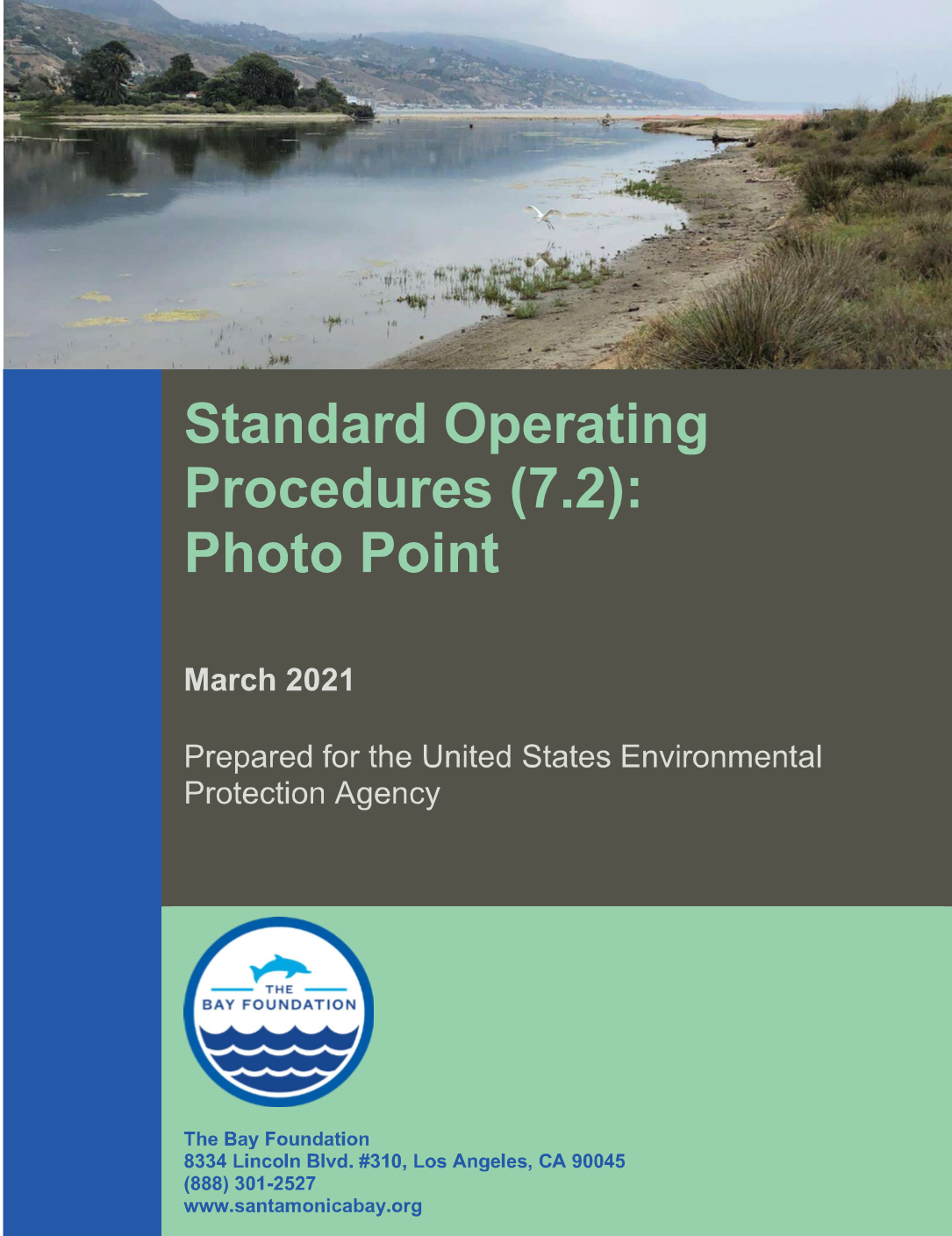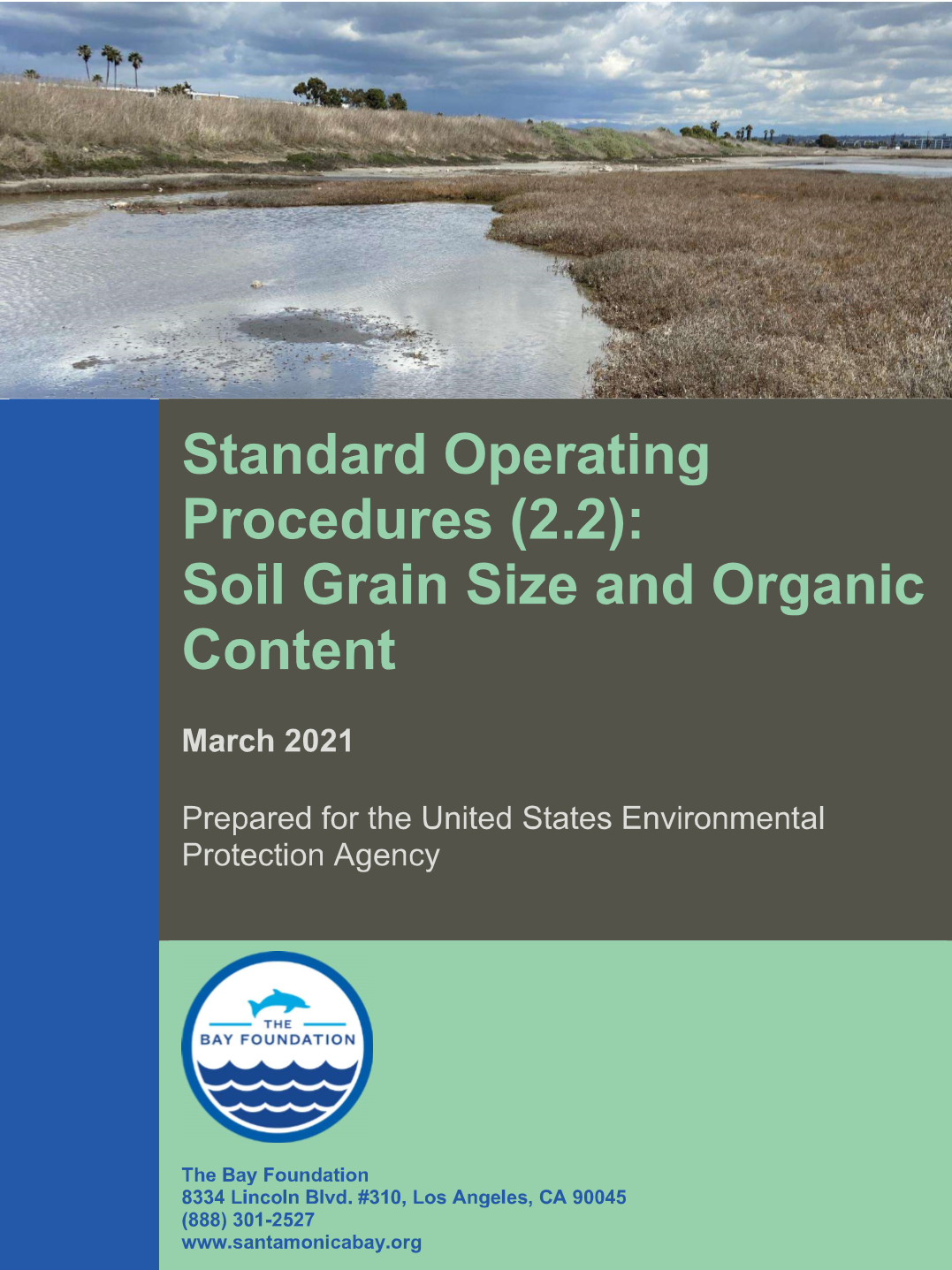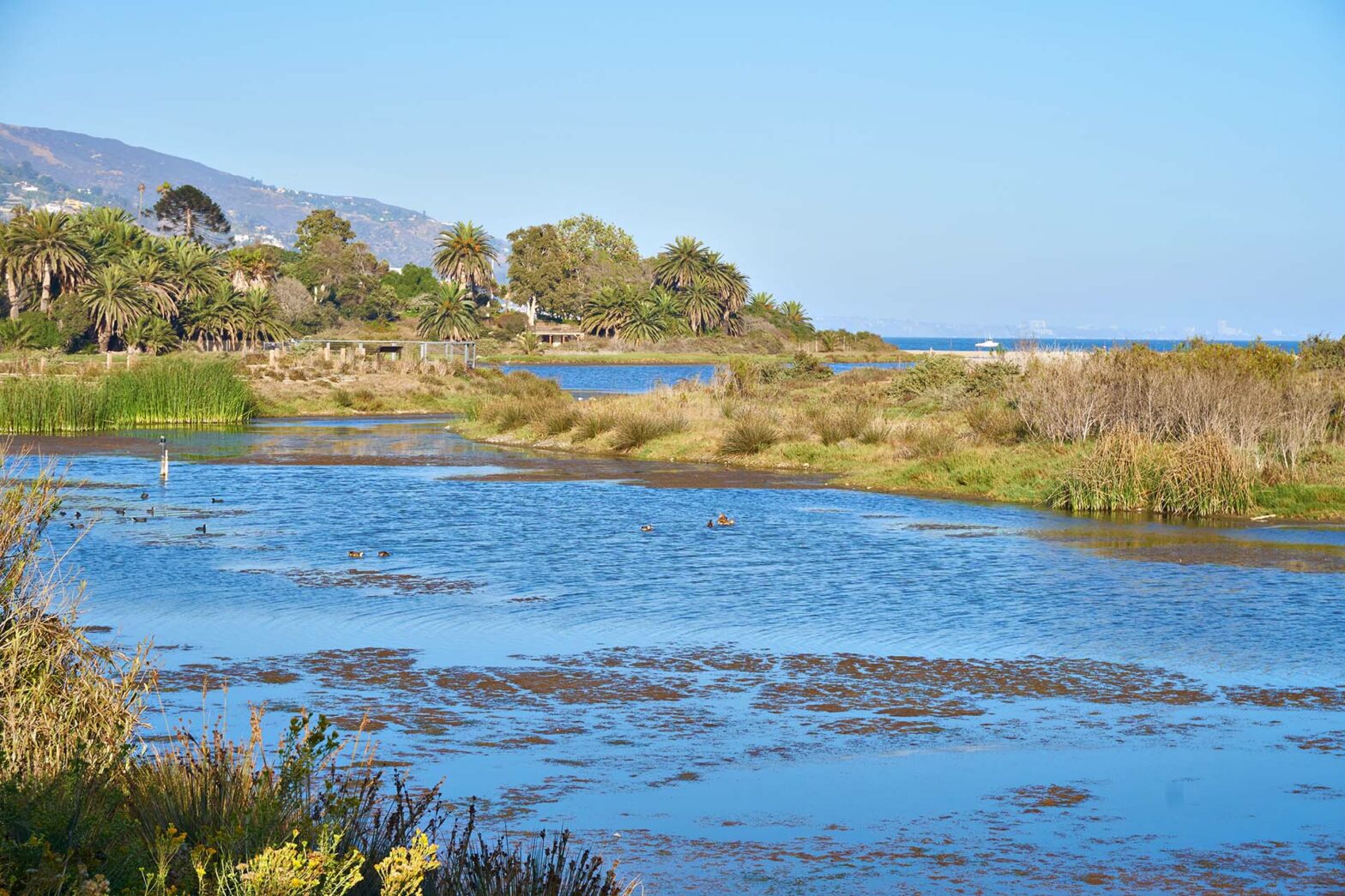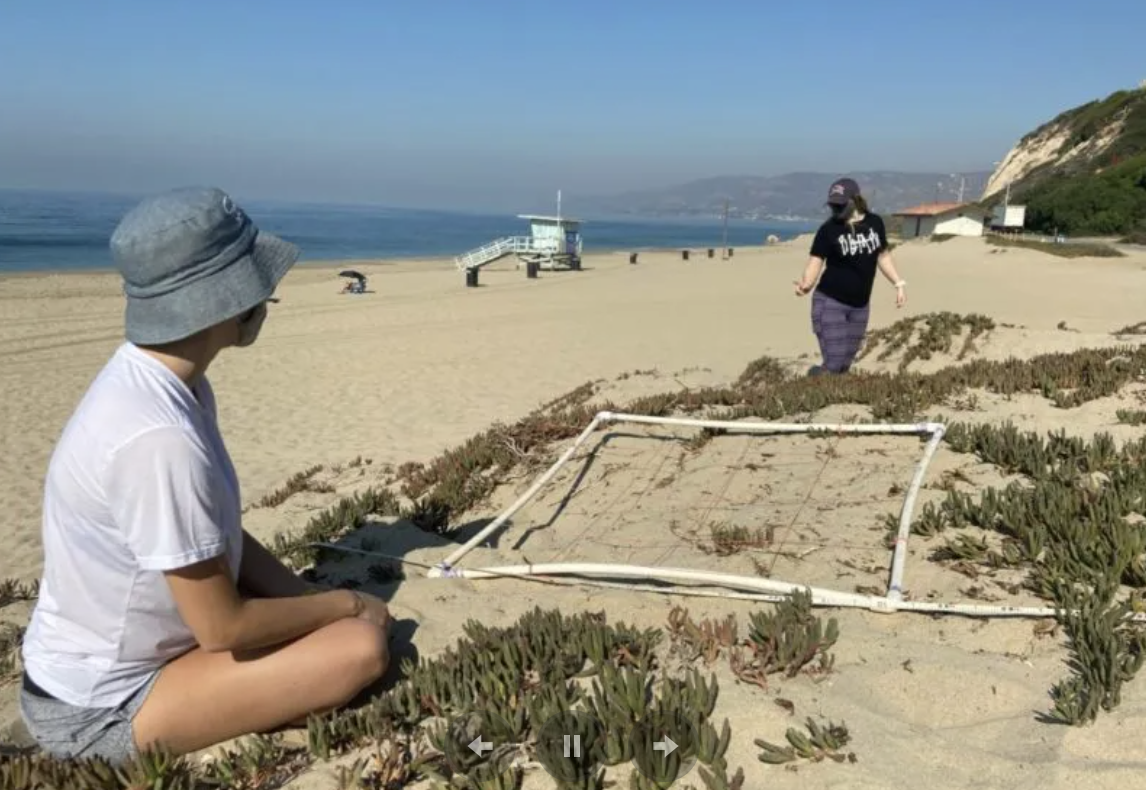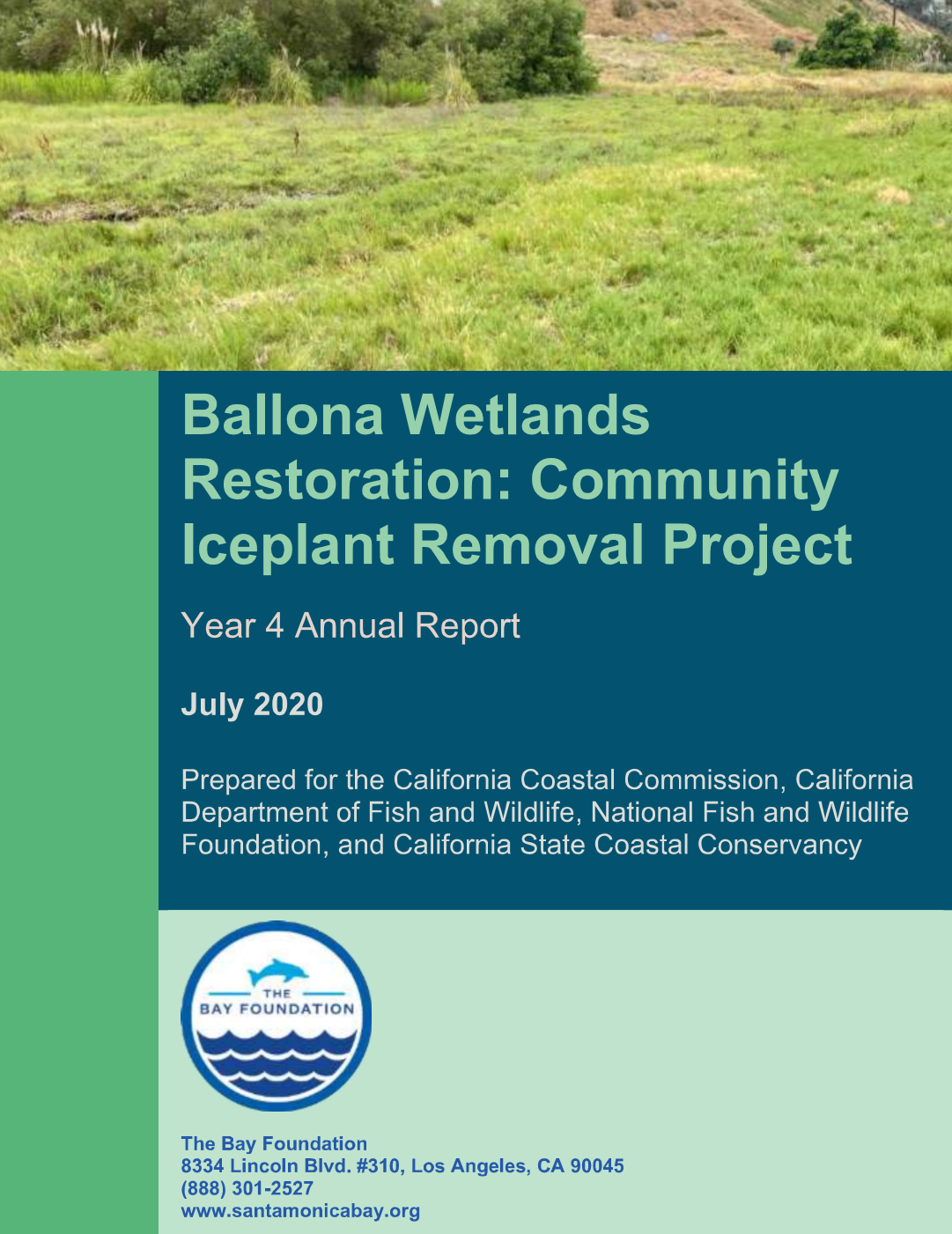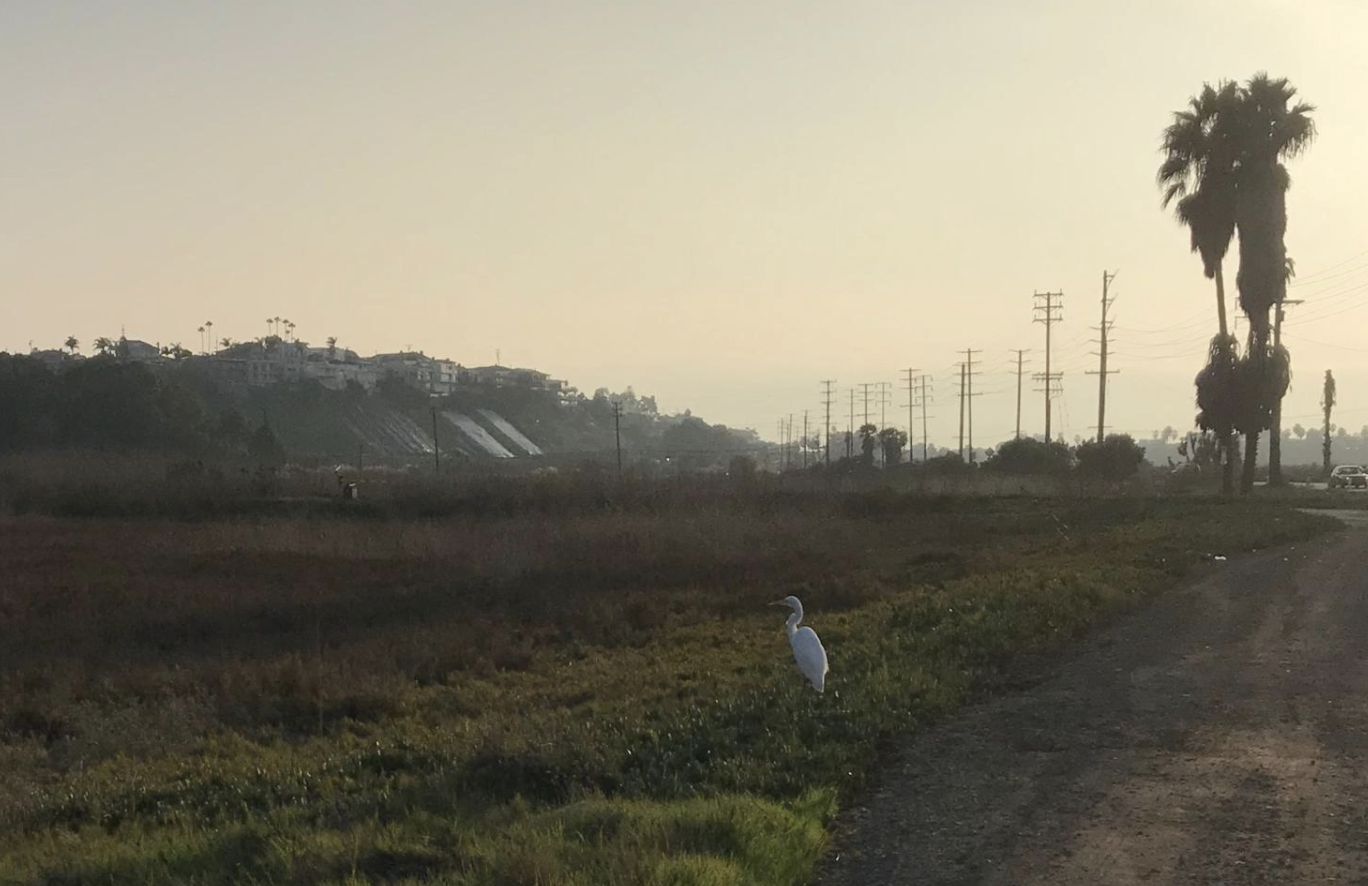The primary purpose of these observational sampling methods is to develop maps of species presence and distributions including information on rare species, to quantify a snapshot of the avian community, and/or to supplement historical or volunteer data. Additionally, recording activity of each species will allow for an assessment of higher ecological function of the survey… Continue reading Standard Operating Procedures (5.1): Bird Abundance and Activity
Topic: Wetlands
Standard Operating Procedures (6.2): Terrestrial Invertebrates
Terrestrial invertebrates are a vital component of wetland food webs and are indicators of the overall health of a system (Zedler 2001). The primary purpose of this sampling method is to document aerial and epigeal (above soil surface) arthropod productivity (as biomass per unit area, or biomass per day) for each habitat or area by… Continue reading Standard Operating Procedures (6.2): Terrestrial Invertebrates
Standard Operating Procedures (7.2): Photo Point
The primary purpose of this sampling method is to capture broad changes in the landscape and vegetation communities over seasons or years or to visually track restoration trajectories over time. This method collects georeferenced photos for use in site management (e.g., invasive species tracking) and long-term data collection. Each year (or seasonally), photograph(s) taken at… Continue reading Standard Operating Procedures (7.2): Photo Point
Standard Operating Procedures (2.2): Soil Grain Size and Organic Content
The objective of this Standard Operating Procedure (SOP) is to describe the equipment and protocols for analyzing soil grain size and the percentage of organic matter in the sample. With some modifications, organic content analyses can be modified to assess “blue carbon” stored in soils, which is critical for understanding the role of wetlands in… Continue reading Standard Operating Procedures (2.2): Soil Grain Size and Organic Content
Standard Operating Procedures (3.6): Seed Collection and Germination
This document outlines the basic seed collection and germination strategies to be employed within southern California estuarine and adjacent upland habitats. For more detailed information on specific plant species, see Barton et al. 2016, published in the Bulletin of Southern California Academy of Sciences, which lists available information for 84 native plant species common to… Continue reading Standard Operating Procedures (3.6): Seed Collection and Germination
Standard Operating Procedures (4.3): Fish Cameras – Baited Remote Underwater Video
Defining the fish assemblage of a wetland can be difficult, due to the highly mobile nature of the fauna. Characterizing wetland fish assemblages is often a primary goal of monitoring efforts, but besides the mobility, there are often inherent biases associated with sampling methodologies. Therefore, it is often advantageous to use a variety of methodologies… Continue reading Standard Operating Procedures (4.3): Fish Cameras – Baited Remote Underwater Video
Congress Moves to Invest in the Nation’s Estuaries, Including Santa Monica Bay NEP
Congress reaffirmed its support and strong commitment to the National Estuary Program, a time tested, non-regulatory program that enables communities to restore and protect the bays and estuaries they call home. The Santa Monica Bay National Estuary Program (SMBNEP), a partnership between the Santa Monica Bay Restoration Commission and The Bay Foundation, is one of… Continue reading Congress Moves to Invest in the Nation’s Estuaries, Including Santa Monica Bay NEP
LMU Coastal Research Institute Tackles Coastal Resilience to Climate Change
Launched in the fall of 2017, the Loyola Marymount University Coastal Research Institute (CRI) is making inroads into understanding how climate change is impacting the Santa Monica Bay and local coastal waters. CRI is a collaboration between LMU Frank R. Seaver College of Science and Engineering and The Bay Foundation, a nonprofit founded in 1990… Continue reading LMU Coastal Research Institute Tackles Coastal Resilience to Climate Change
Ballona Wetlands Restoration: Community Iceplant Removal Project, Year 4 Annual Report
The Bay Foundation (TBF), in partnership with California Department of Fish and Wildlife (CDFW), Friends of Ballona Wetlands (FBW), and community volunteers are conducting a project to remove invasive vegetation while broadening public involvement and stewardship at the Ballona Wetlands Ecological Reserve (Reserve). This report serves as the fourth annual report of the “Ballona Wetlands… Continue reading Ballona Wetlands Restoration: Community Iceplant Removal Project, Year 4 Annual Report
L.A. Environmental Organizations Adapt to Challenges of COVID-19
On Earth Day, the Ballona Wetlands Ecological Reserve in West Los Angeles is typically bustling with over 100 volunteers working on restoration projects as part of an annual event held by the Friends of Ballona Wetlands (FBW) organization. However, on Earth Day this week, the wetlands sat devoid of human activity as people continued to… Continue reading L.A. Environmental Organizations Adapt to Challenges of COVID-19


